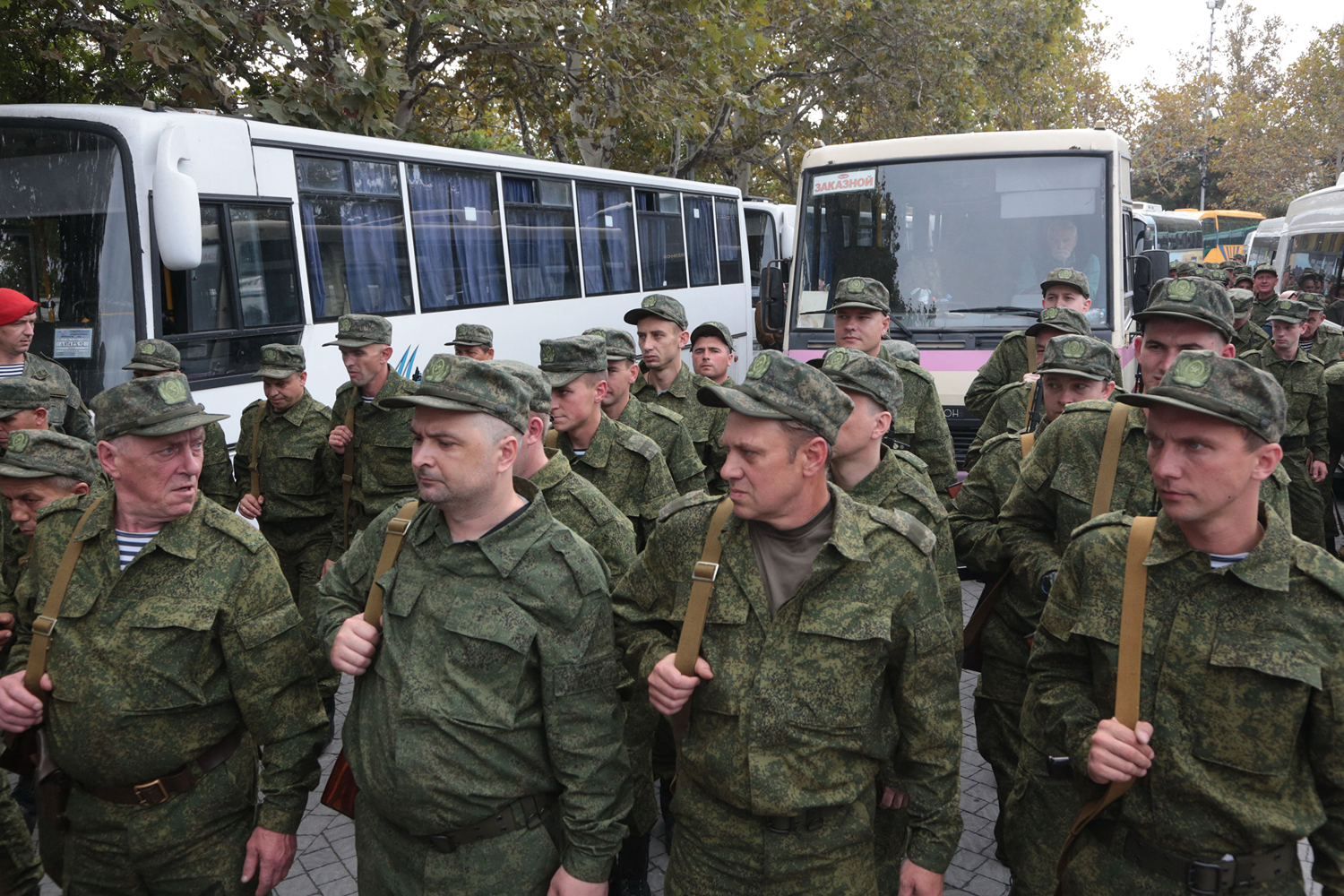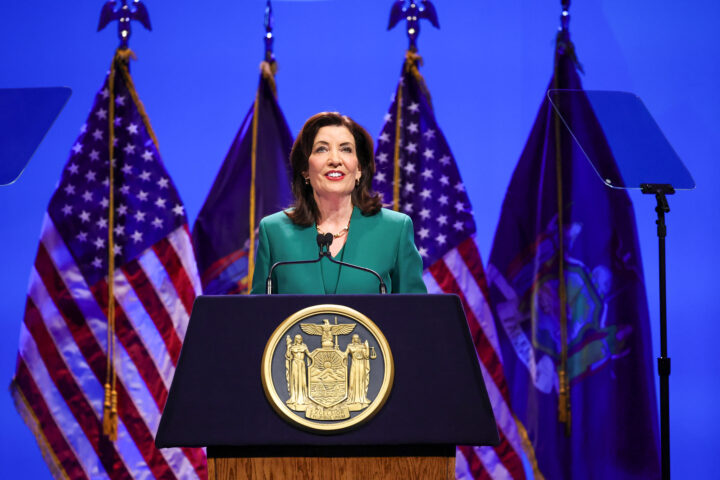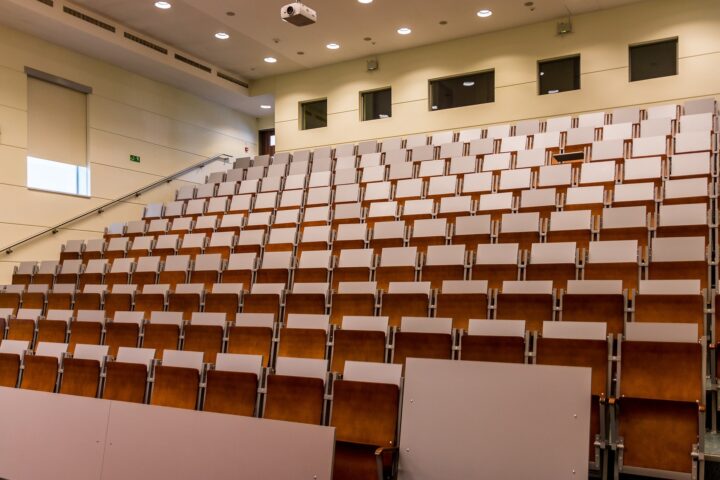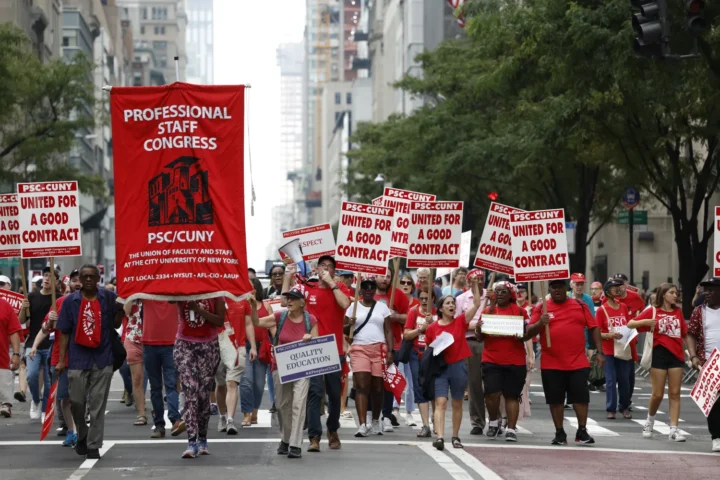From the onset of the conflict in Feb of 2022, the Russian war effort against Ukraine has been marred by military shortcomings and logistical challenges. Putin’s partial mobilization order is an attempt to halt the Ukrainian counter offensive which has been successful at retaking formally Russian controlled territory in eastern Ukraine. However, the Russian federation’s military mobilization drive has created internal chaos as mass migration, logistical challenges, and a dissenting public opinion send the nation into disarray.
On Sep. 21st President Vladimir Putin issued a partial mobilization order with the intent of mobilizing 300,000 reservists with military experience, to the fight in the front lines of Ukraine. In his address to the nation Putin reassured the public that, “Only those citizens will be drafted to military service who are currently in the reserve and first of all those who have served in the army, who have certain professions and have necessary experience.”
After the mobilization order was announced it sparked a wave of public protests across the country during which over 2,000 protestors where detained for violating Russia’s harsh laws against criticizing the military. To ensure that the draft order is respected the Kremlin strengthened the penalty for refusing and or deserting military service to 10 years in prison.
However, even with these harsher penalties thousands of Russian men have been fleeing the country to avoid being drafted into the conflict. In the wake of the mobilization announcement plane tickets to countries with visa free travel have sold out and/or drastically risen in price. Additionally, videos have been circulating on social media depicting a long line of cars stuck in traffic at russia border crossings, trying to flee the country.
Since the partial mobilization order has been announced, an estimated 700,000 Russians, most of whom are young men, have left the country. The mobilization mandate has also disproportionately affected racial minorities in Russia. In the far eastern regions of Sakha and Buryatia, which contain a high percentage of indigenous peoples and ethnic minorities, enlistment officers have handed out draft summons on a massive scale. Which has resulted in Buratia having a mobilization rate six times higher than Russia’s European regions.
Although the Kremlin announced that they would only be drafting recruits with military experience there have been many reports of men with no military experience getting drafted. In an attempt to meet its 300,000 mobilization goal the Russian military has had to cut corners. Reports throughout Russia indicate enlistment officers are skipping required health checks and recruits lacking basic supplies.
The Russian military lack of supplies has forced new recruits to use old outdated weaponry and equipment, which had been hindering Russia’s military capabilities. Yevgeny Popov, a Russian State TV Host admitted that recent reservists had an, “acute shortage of drones, walkie-talkies, smartphones with maps [for gunners], binoculars, headlamps [and] power banks,”
The long term effects of mass migration, rising ethnic tensions, and public decent caused by Russia’s chaotic military mobilization have posed an existential threat to the stability and longevity of the Putin regime. However, in the short term, it’s liking adding to the failing war effort in Ukraine.











